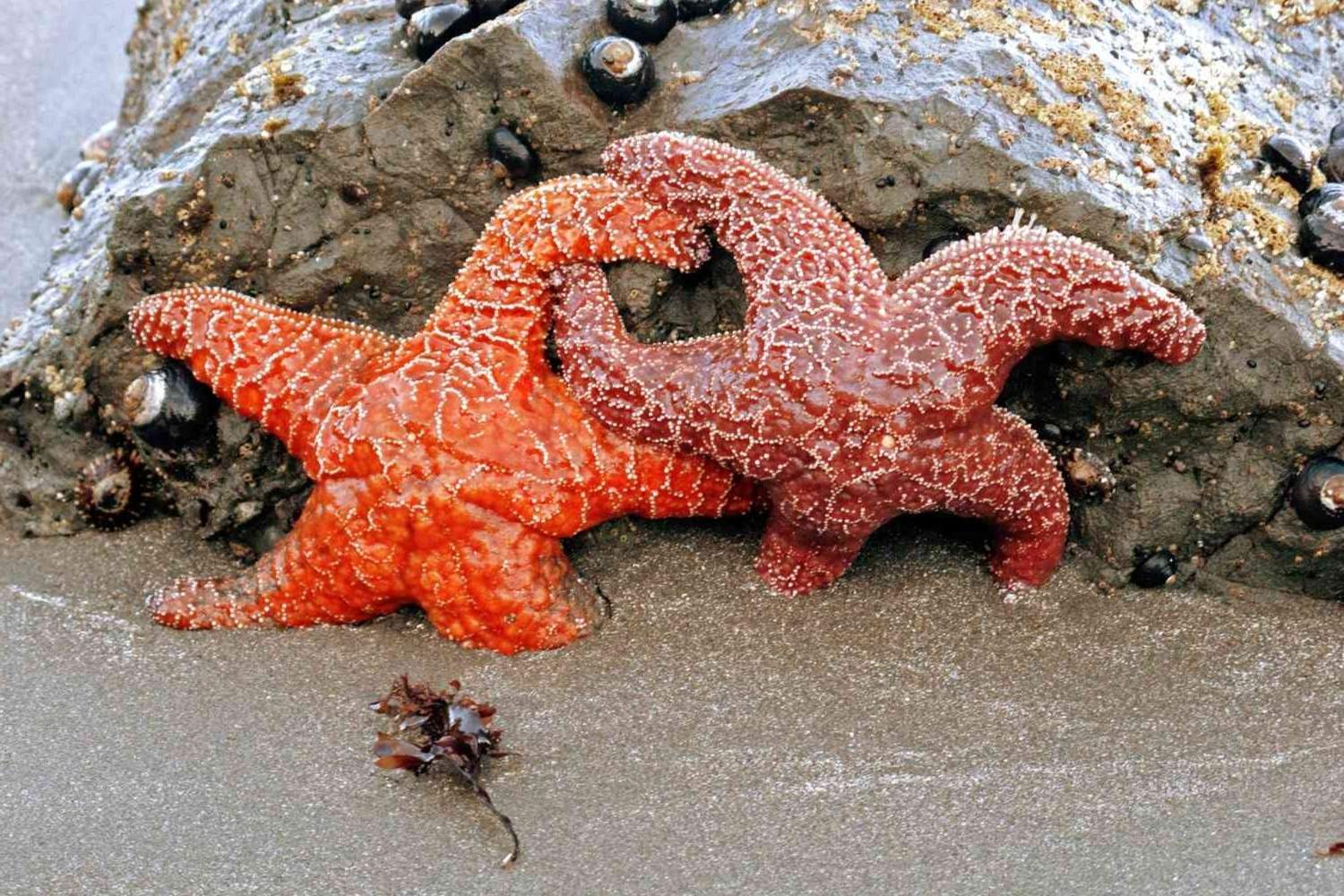
Asexual reproduction is a fascinating process where a single organism creates offspring without needing a partner. This method is common in many plants, fungi, and even some animals. Why is asexual reproduction important? It allows species to reproduce quickly and efficiently, ensuring survival in stable environments. Unlike sexual reproduction, which mixes genetic material from two parents, asexual reproduction produces clones of the parent, leading to uniformity in the offspring. This can be advantageous in environments where adaptation isn't necessary. However, it also means less genetic diversity, which can be a drawback in changing conditions. Ready to dive into 28 intriguing facts about this unique reproductive strategy? Let's get started!
Key Takeaways:
- Asexual reproduction creates identical offspring and is faster than sexual reproduction, but it lacks genetic diversity, making populations vulnerable to diseases and environmental changes.
- Examples of asexual reproduction include amoebas, strawberries, and corals, showcasing the diverse ways organisms can create offspring without a mate.
What is Asexual Reproduction?
Asexual reproduction is a fascinating biological process where an organism creates offspring without the involvement of another organism. This method is common in many plants, fungi, and microorganisms. Let's dive into some intriguing facts about asexual reproduction.
-
Single Parent: Only one parent is needed for asexual reproduction, unlike sexual reproduction which requires two.
-
Clones: Offspring produced are genetic clones of the parent, meaning they are identical in every way.
-
Speed: Asexual reproduction is typically faster than sexual reproduction, allowing for rapid population growth.
-
Binary Fission: Many bacteria reproduce through binary fission, where a single cell divides into two identical cells.
-
Budding: Some organisms, like yeast and hydra, reproduce by budding. A new organism grows out of the body of the parent.
-
Fragmentation: In fragmentation, an organism breaks into pieces, and each piece can develop into a new individual. Starfish often reproduce this way.
-
Parthenogenesis: Some animals, like certain reptiles and insects, can reproduce through parthenogenesis, where an egg develops into an organism without fertilization.
-
Vegetative Propagation: Many plants reproduce asexually through vegetative propagation, where new plants grow from parts of the parent plant, like roots, stems, or leaves.
-
Spore Formation: Fungi and some plants reproduce by forming spores, which can develop into new individuals when conditions are favorable.
-
No Genetic Variation: Since offspring are clones, there is no genetic variation, which can be a disadvantage in changing environments.
Advantages of Asexual Reproduction
Asexual reproduction offers several benefits to organisms, especially in stable environments. Here are some key advantages.
-
Efficiency: It is more energy-efficient as it does not require finding a mate.
-
Consistency: Produces consistent offspring, ensuring successful traits are passed on.
-
Rapid Colonization: Allows for quick colonization of new environments, as seen in many invasive plant species.
-
Survival: In harsh conditions, asexual reproduction ensures survival by producing resilient clones.
-
Simplicity: The process is simpler and less complex than sexual reproduction.
Disadvantages of Asexual Reproduction
Despite its advantages, asexual reproduction has its downsides. Here are some notable disadvantages.
-
Lack of Diversity: Genetic uniformity can make populations vulnerable to diseases and environmental changes.
-
Adaptation: Limited ability to adapt to new or changing environments due to lack of genetic variation.
-
Mutation Accumulation: Harmful mutations can accumulate over generations, potentially leading to weakened populations.
-
Competition: Offspring compete directly with the parent for resources, which can limit growth.
-
Extinction Risk: Populations may face higher extinction risks if they cannot adapt to changing conditions.
Examples of Asexual Reproduction in Nature
Asexual reproduction is widespread in nature. Here are some fascinating examples.
-
Amoebas: These single-celled organisms reproduce by binary fission, splitting into two identical cells.
-
Hydra: This small freshwater animal reproduces by budding, where a new individual grows from the parent.
-
Strawberries: These plants reproduce through runners, horizontal stems that produce new plants at their nodes.
-
Potatoes: Potatoes can reproduce from tubers, underground stems that develop into new plants.
-
Blackworms: These worms can reproduce by fragmentation, where a piece of the worm grows into a new individual.
-
Dandelions: These common weeds can reproduce through apomixis, where seeds develop without fertilization.
-
Planarians: These flatworms can regenerate from fragments, with each piece growing into a new worm.
-
Corals: Many corals reproduce asexually by budding, contributing to the growth of coral reefs.
Final Thoughts on Asexual Reproduction
Asexual reproduction is a fascinating process that allows organisms to reproduce without a mate. This method ensures rapid population growth and genetic consistency. However, it also means less genetic diversity, which can make populations more vulnerable to diseases and environmental changes.
From budding in yeast to binary fission in bacteria, asexual reproduction showcases nature's ingenuity. Plants, fungi, and even some animals use this method to thrive in various environments. Understanding these processes helps us appreciate the complexity and adaptability of life.
While asexual reproduction has its advantages, it also highlights the importance of genetic diversity in evolution. By studying these mechanisms, scientists can learn more about genetics, evolution, and potential applications in agriculture and medicine.
In short, asexual reproduction is a key piece of the puzzle in understanding the natural world. It’s a testament to life's incredible ability to adapt and survive.
Frequently Asked Questions
Was this page helpful?
Our commitment to delivering trustworthy and engaging content is at the heart of what we do. Each fact on our site is contributed by real users like you, bringing a wealth of diverse insights and information. To ensure the highest standards of accuracy and reliability, our dedicated editors meticulously review each submission. This process guarantees that the facts we share are not only fascinating but also credible. Trust in our commitment to quality and authenticity as you explore and learn with us.
